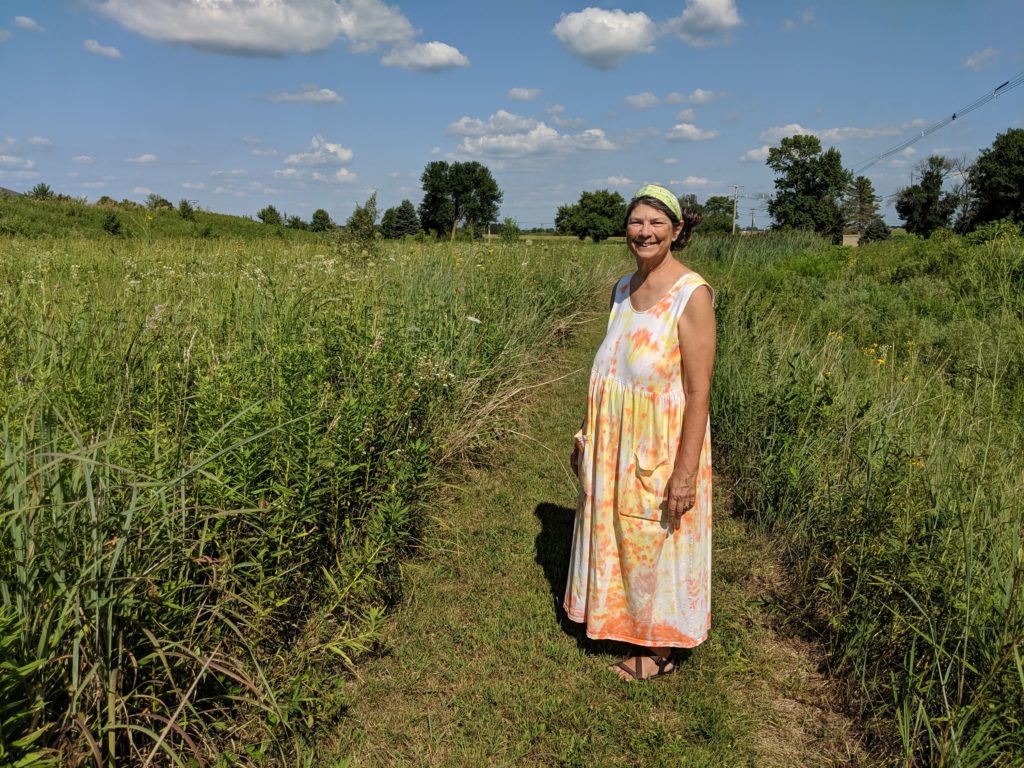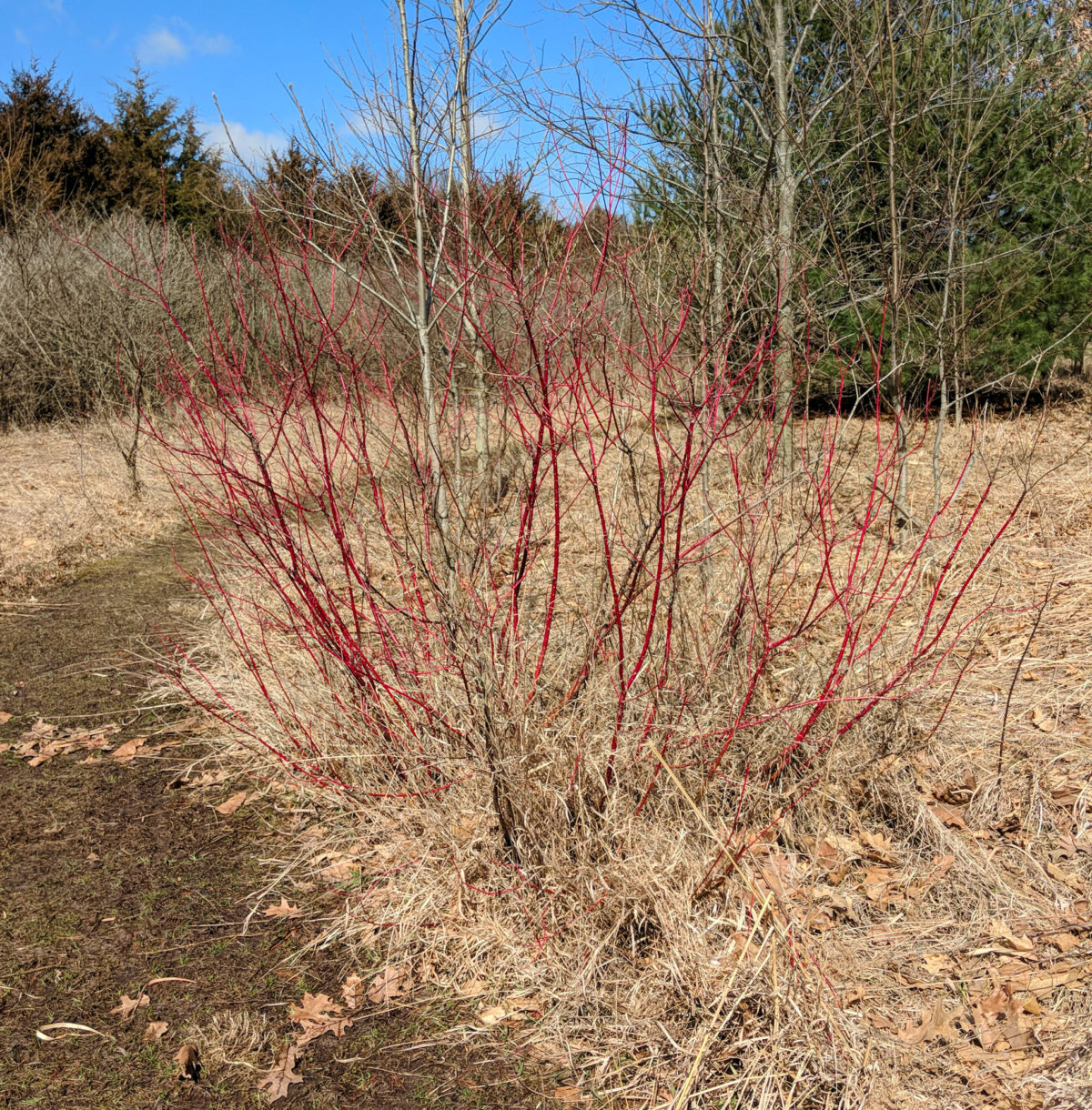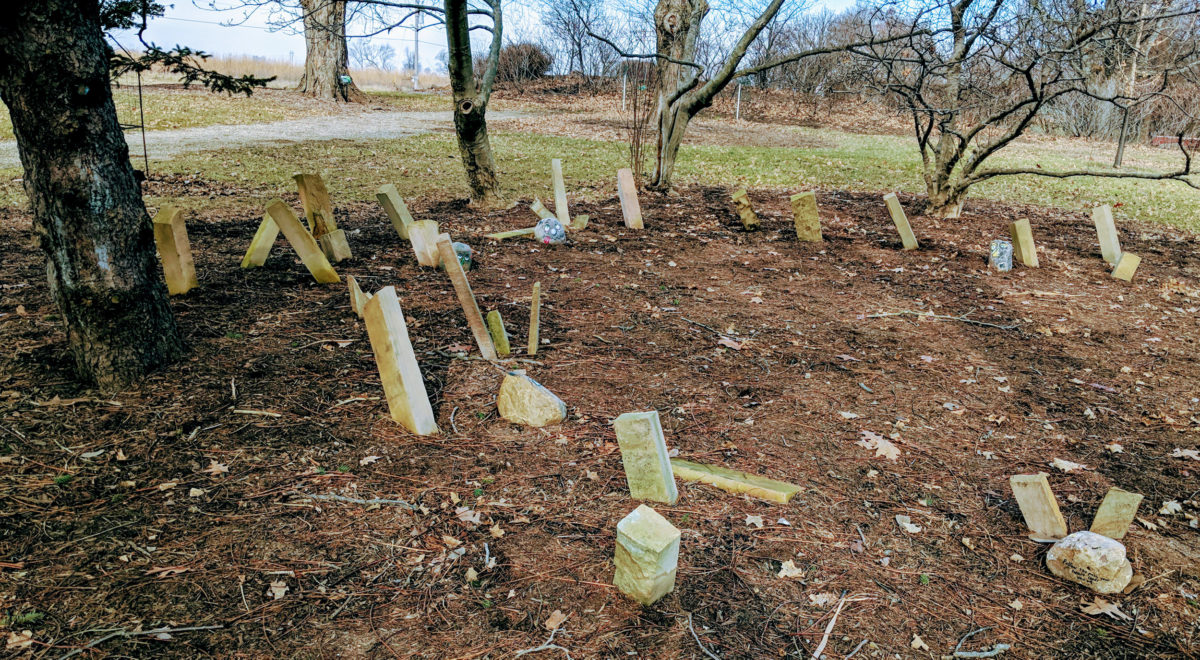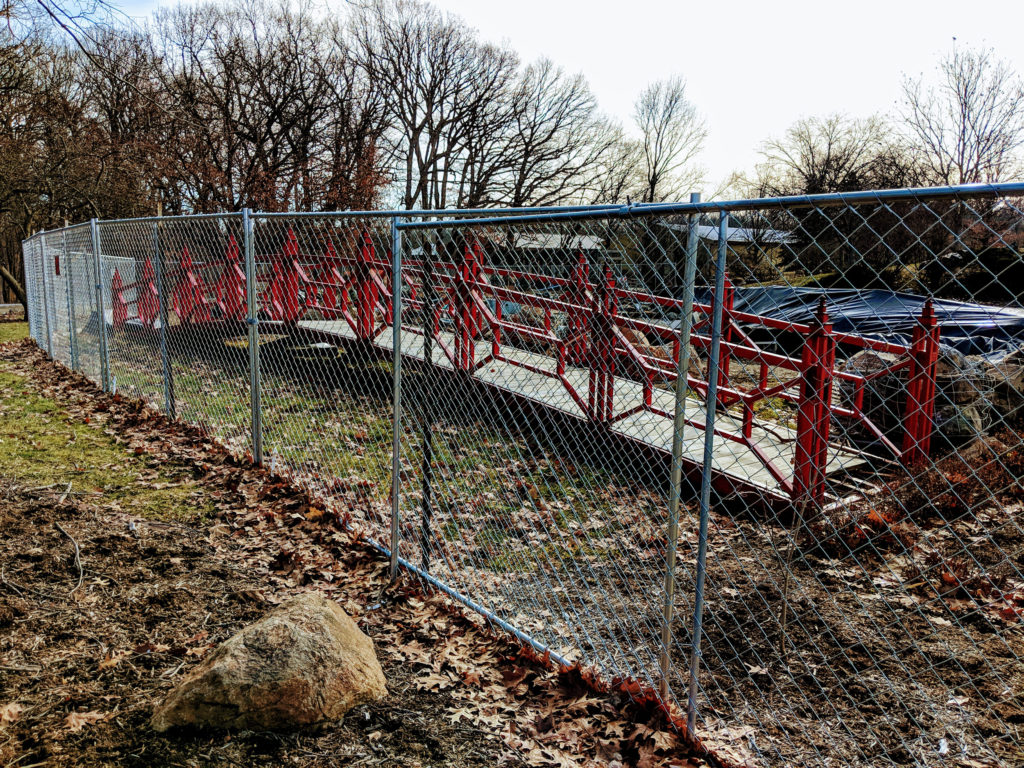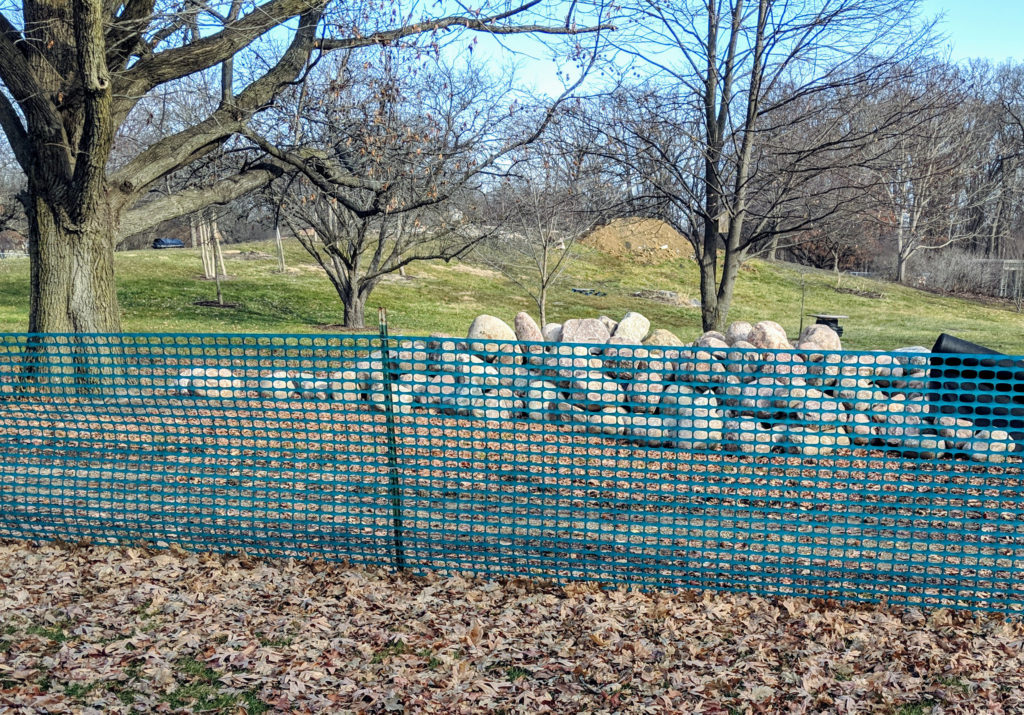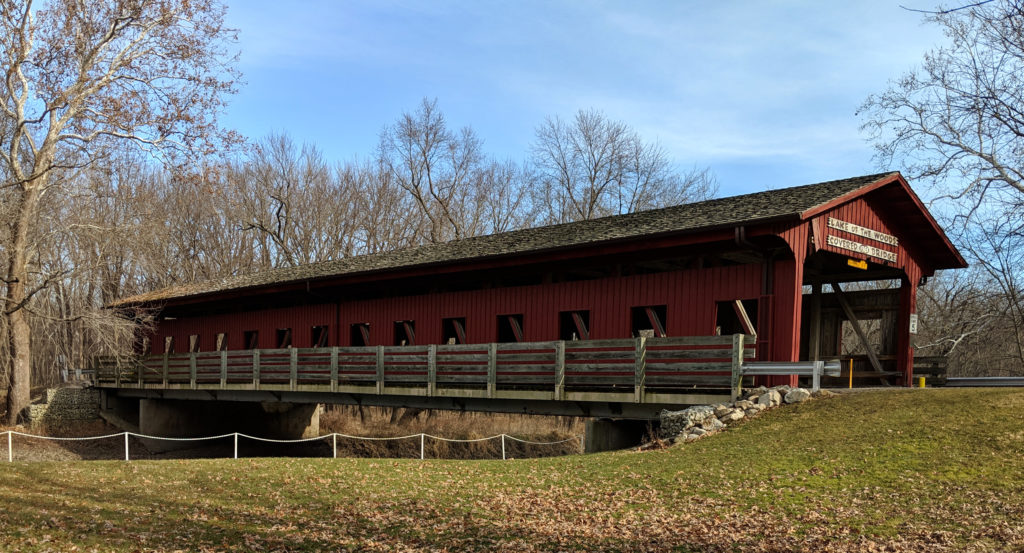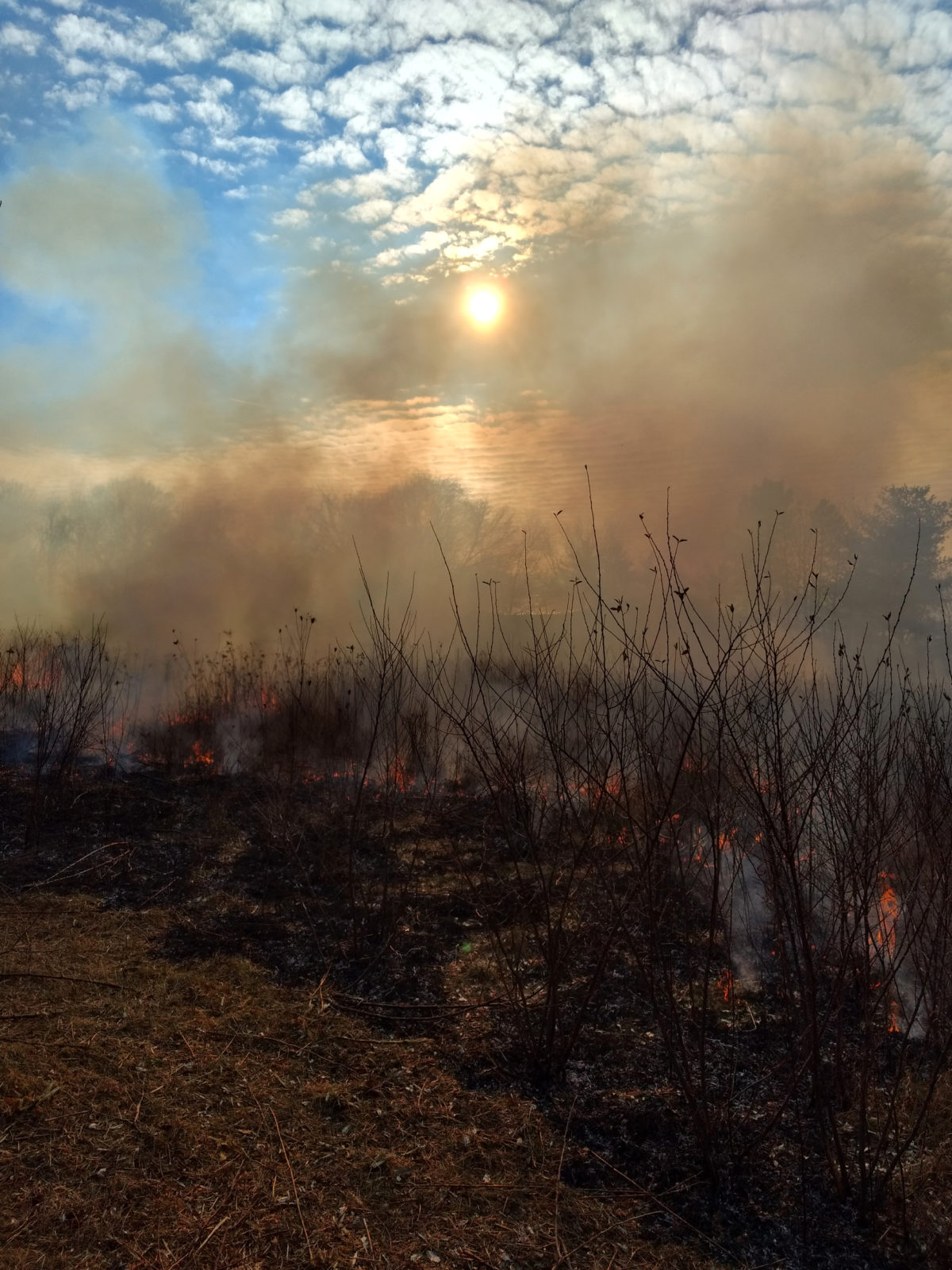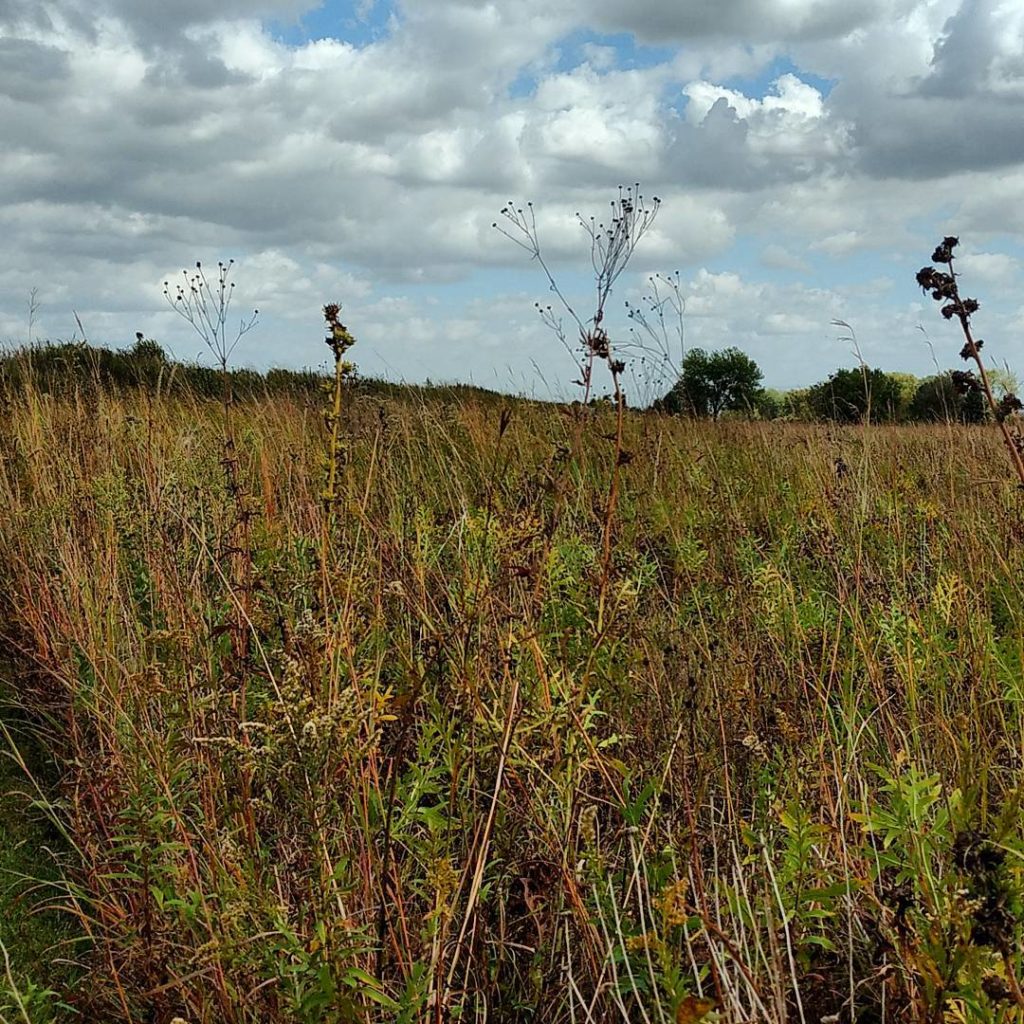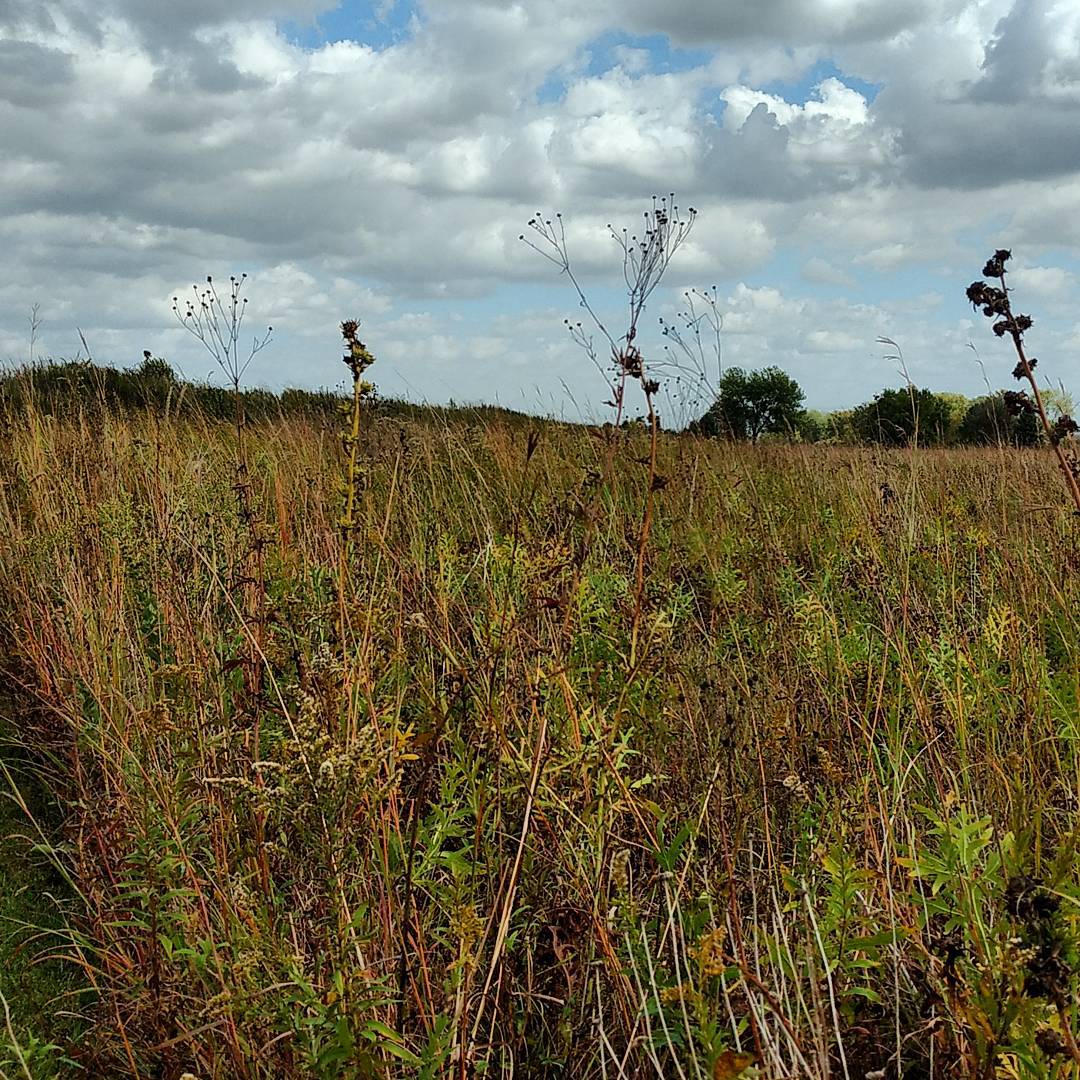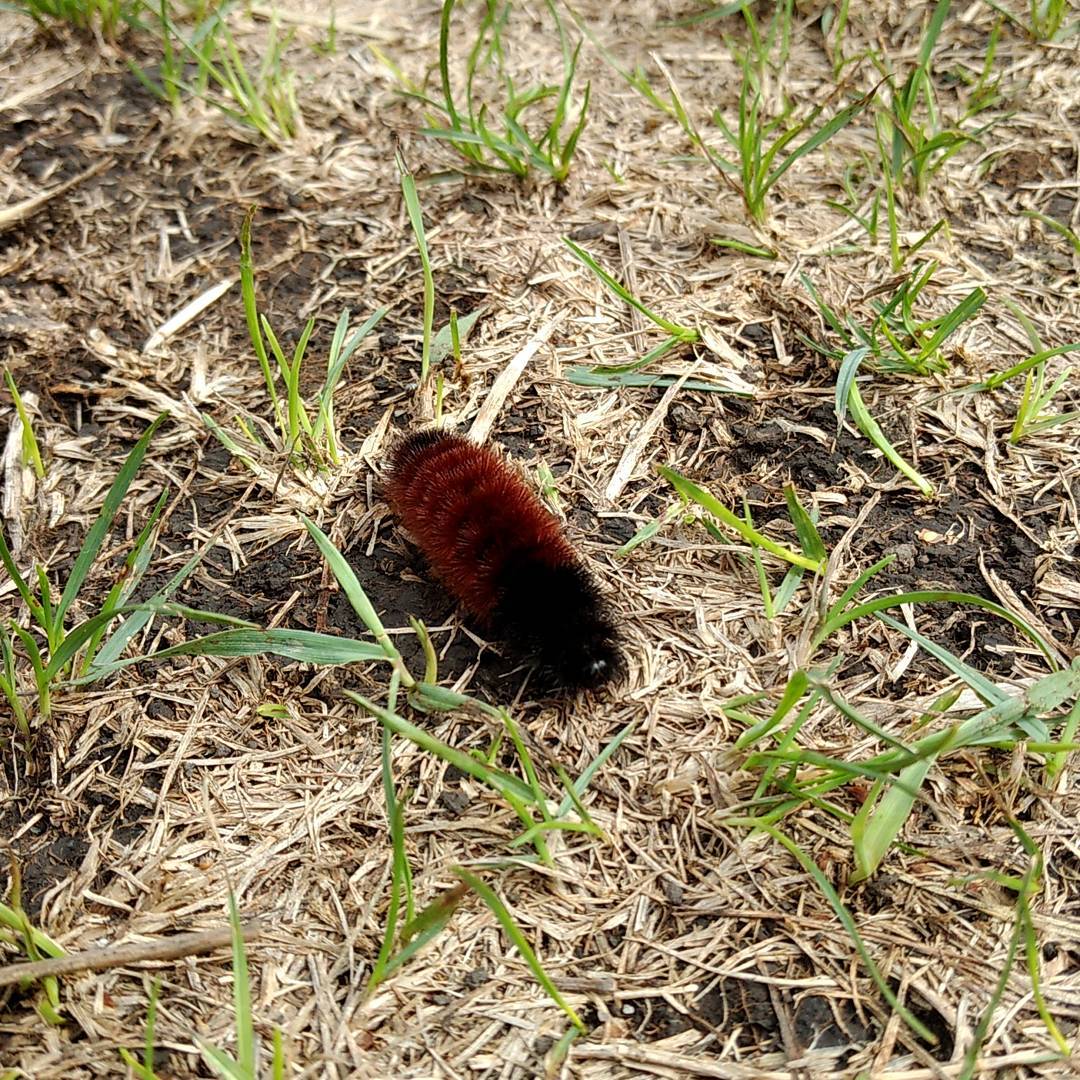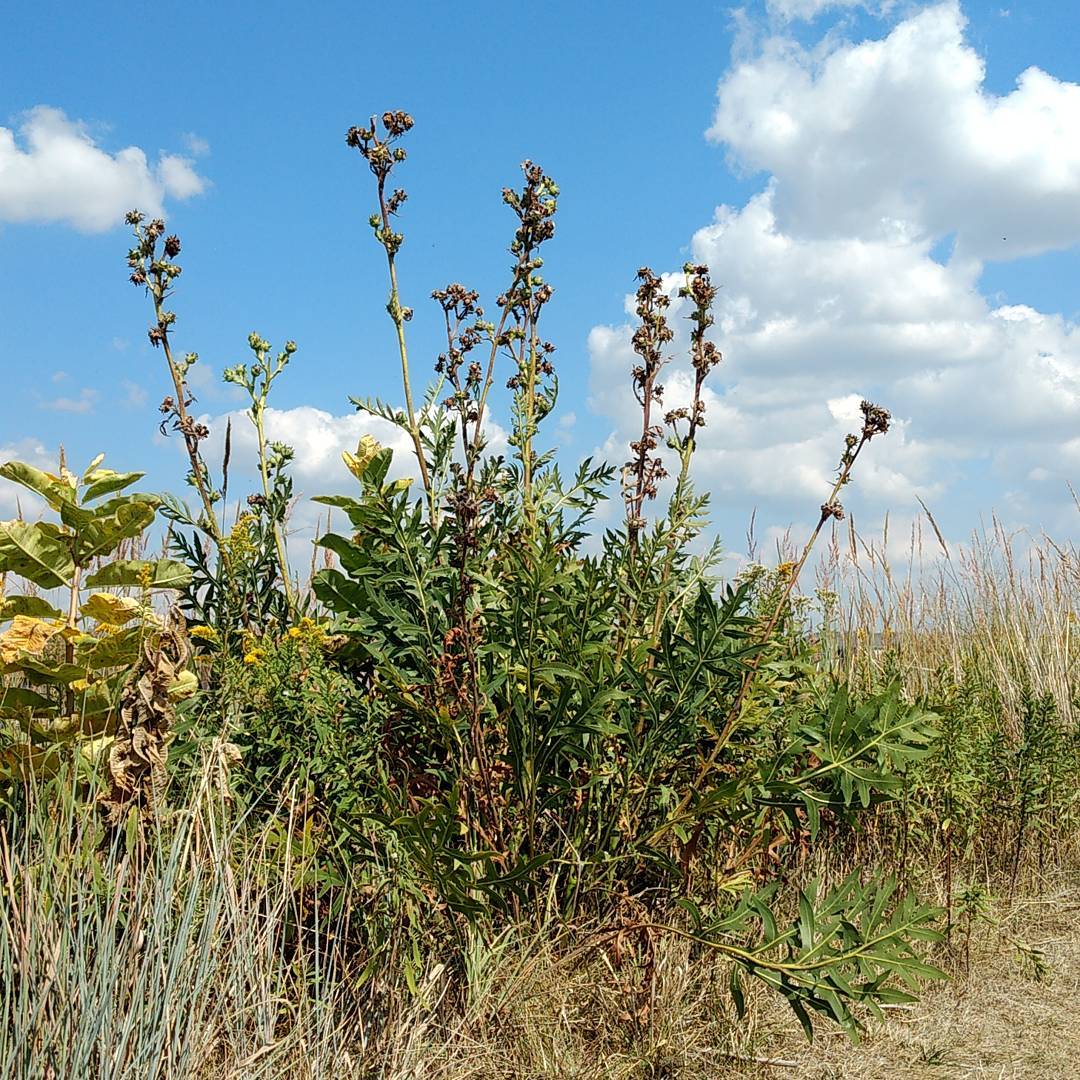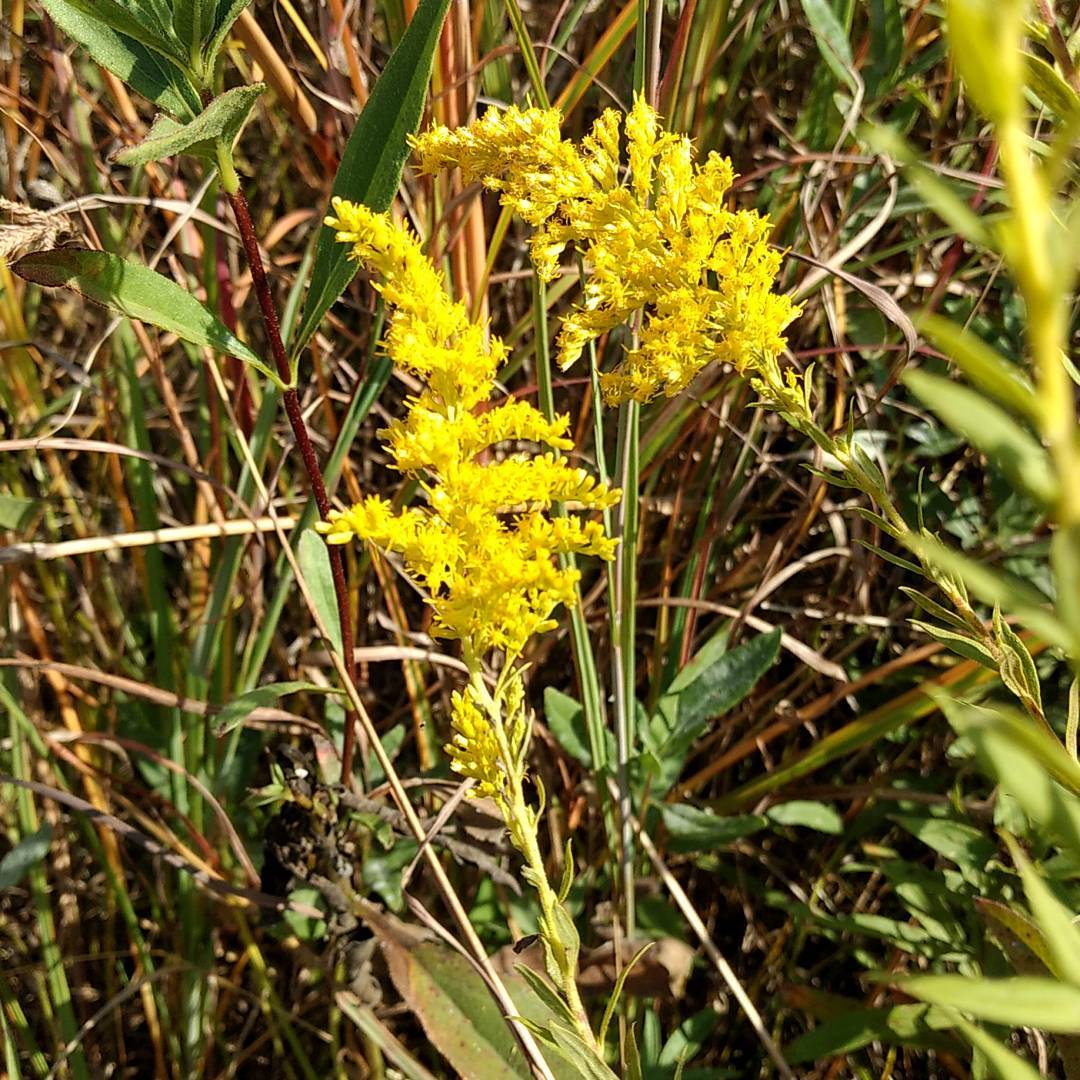
I am a little too prone to use black humor to distance myself from the depressing effects of the long, cold darkness of winter, which sometimes leaves people worrying about me unnecessarily. So I thought I’d mention that despite a bit of anxiety over the inevitable turn of the seasons, my mood is currently pretty great.
Beyond just feeling good right now, I’m hopeful. Over the past decade I’ve been handling winters better and better.
The biggest factor, I think, is that I no longer have a job to lose, so I no longer get into the spiral where seasonal depression makes me less productive, making me anxious about losing my job, making me more depressed, making me even less productivity. Sadly, advising others to take advantage of this strategy is not very useful (although I do and will continue to support and advocate for either a citizen wage or a guaranteed job).
Putting early retirement aside as impractical for most people, I thought I’d briefly summarize my other current practices—mostly ordinary coping strategies—both as a reference for myself any time I start to feel my brain chemicals coming on, and perhaps as a resource for other people. Here’s what’s working for me:
- Taking delight in things. In particular, I take delight in the opportunity to wear seasonally appropriate woollies. I also like to spend time in the Conservatory, go to art galleries or museums, listen to live music, and generally go on artist’s dates.
- Getting plenty of exercise. Last winter I managed to get out for a run almost every week. As fall approaches I’m getting back to my lifting. (Here’s a great resource on the current science on using exercise to treat and prevent depression.)
- Spending time in nature. I do that all summer, and it may be part of the reason that my mood is generally great in the summer. But I can do it in the winter too. (I don’t seem to have a post on this topic. I’ll be sure to write one this winter. In the meantime you can find various mentions by clicking on the vitamin N tag over on the sidebar.)
- Light therapy. I’ve used my HappyLight™ for years, and it does seem to help. Getting outdoors anytime in the first couple of hours after dawn is probably even better—another thing I find easy to do in the summer that would probably help just as much in the winter.
- Taking Vitamin D through the winter. The evidence for any benefit is scant, but even if it only helps through the placebo effect, it is at least a safe, cheap placebo. (There’s good evidence that people with high levels of vitamin D are healthier, but very little evidence that supplementing vitamin D makes people healthier. It could easily be purely associational—maybe more time spent outdoors both boosts vitamin D levels and makes people healthier and happier.)
- Anything that boosts neurogenesis. That’s most of the things listed above, but lots of other things too, such as engaging in creative work. Also on the list are calorie restriction and adequate consumption of omega-3 fatty acids.
I have a few new possibilities up my sleeve:
- There’s recent evidence that sauna bathing is dramatically effective at treating depression, probably through many mechanisms including the activation of heat-shock proteins. (One thing on my to-do list is finding a local fitness center or spa with a sauna and investigating the cost of a three or four month membership.)
- Related to heat exposure is cold exposure, which activates many of the same protective proteins that heat exposure does. Cold exposure, of course, is trivially easy to achieve in the winter—just wear a coat or jacket one notch less warm than would be most comfortable.
- Obviously sleep is very important, and with my Oura ring I’m tracking my own sleep carefully. This has already been helpful, and I’m hoping to be able to do more to improve my sleep (and thereby my mood) in the winter as well.
That’s what I’ve got at the moment, but I’m always on the lookout for things to alleviate seasonal depression.

